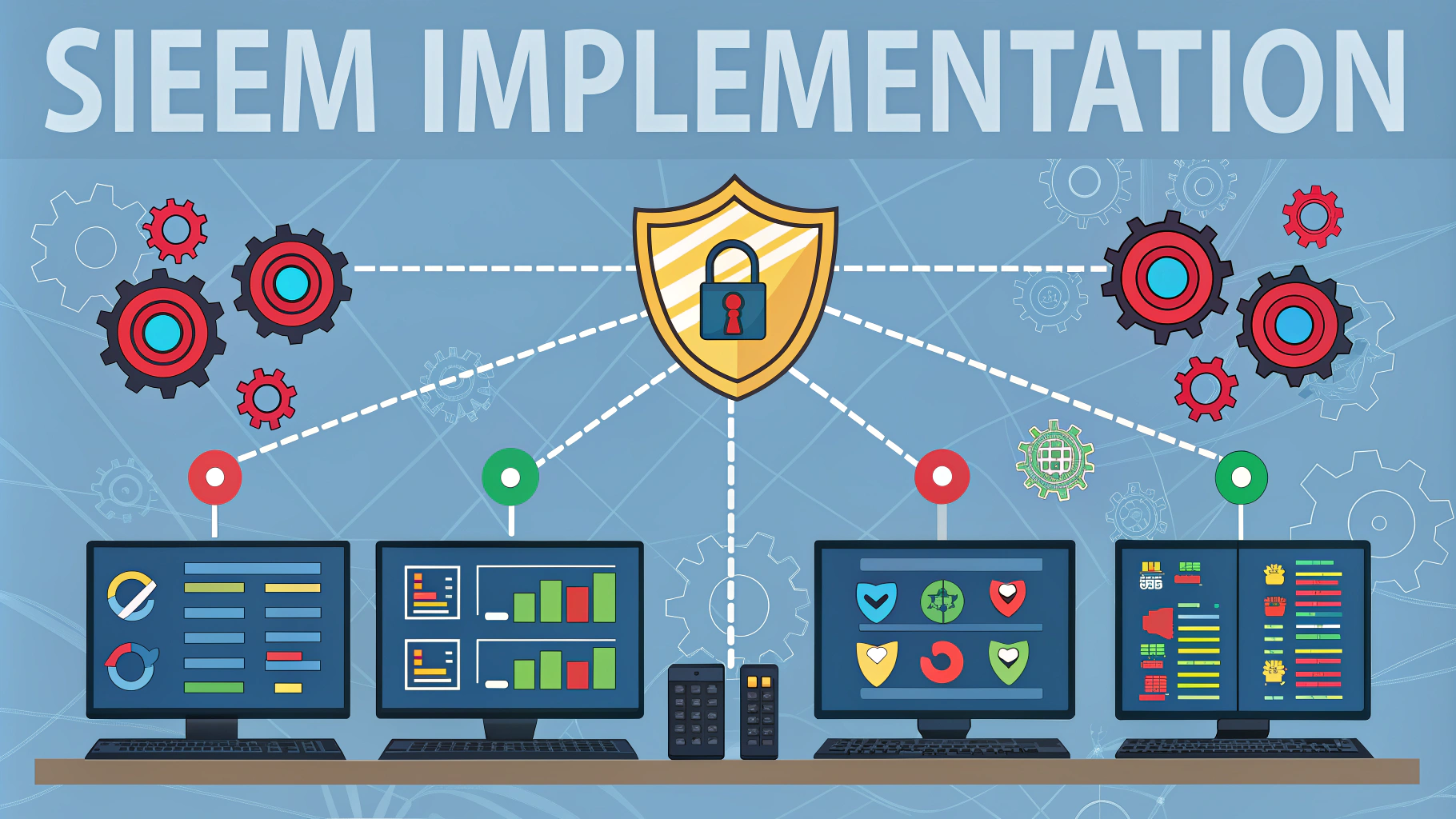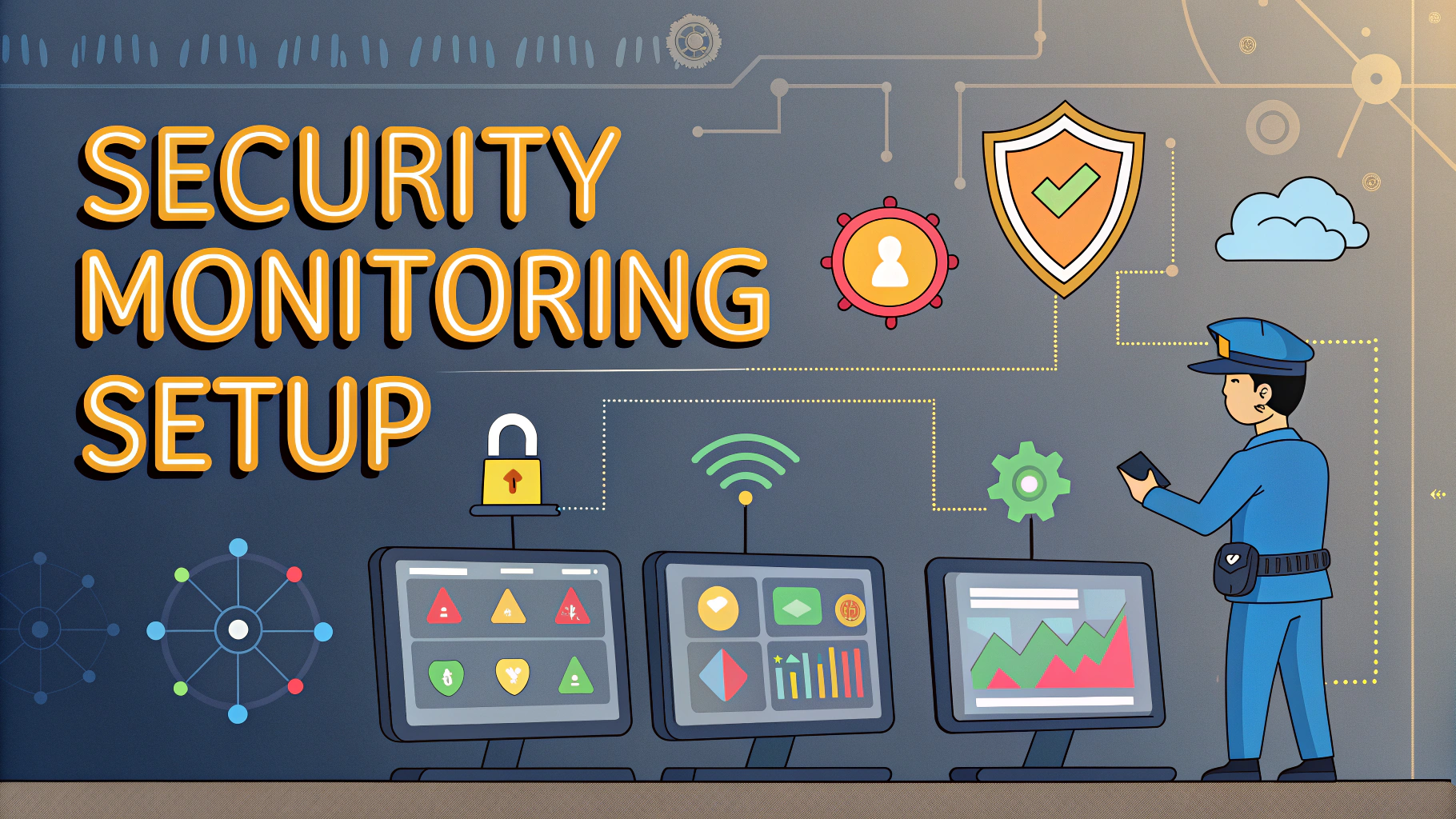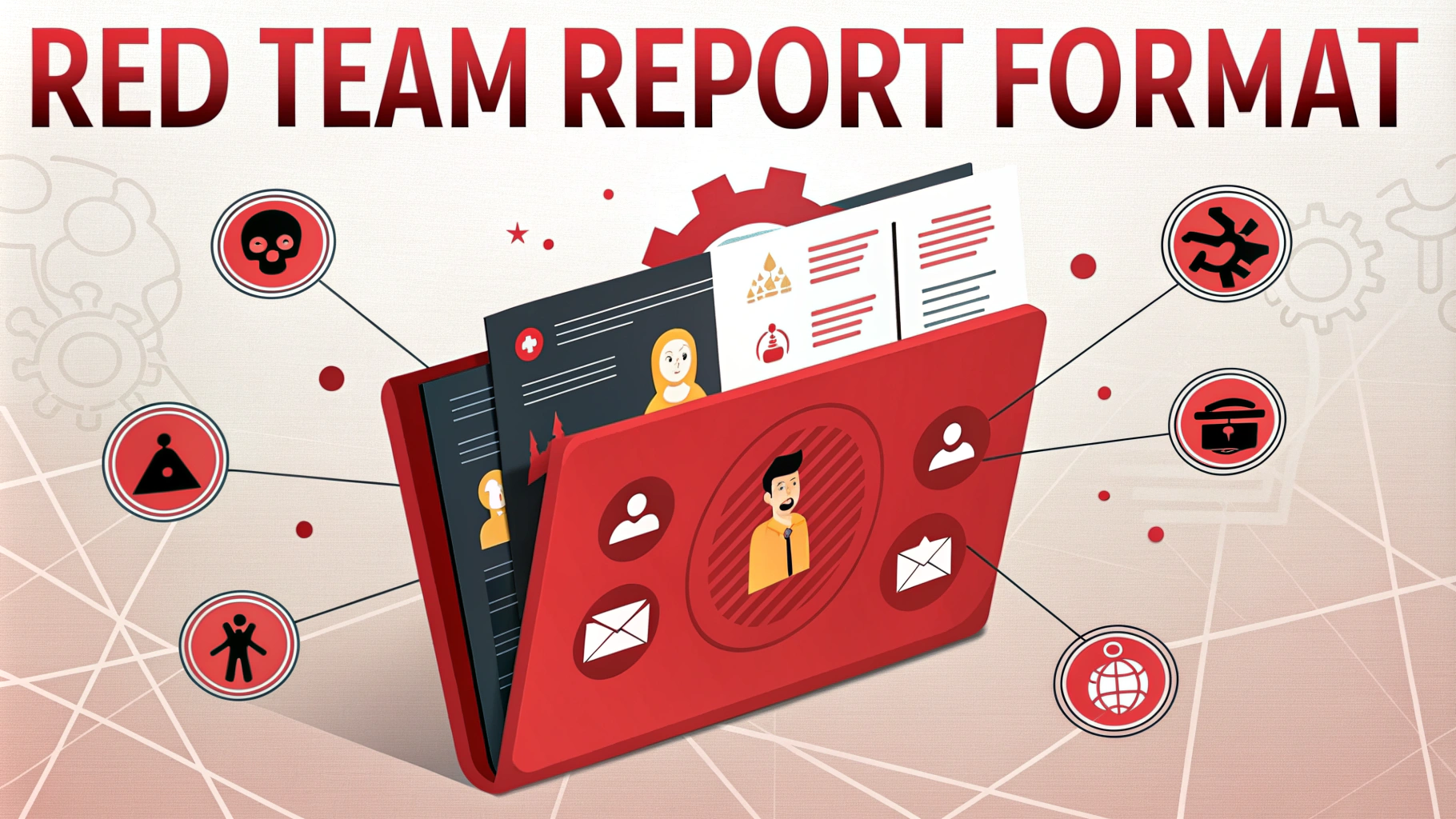Network enumeration represents the systematic process of discovering and mapping network resources, services, and vulnerabilities during penetration testing.
Common Network Enumeration Tools
- Nmap – Port scanning and service detection
- Wireshark – Network traffic analysis
- Netcat – Network connections and port scanning
- Enum4linux – Windows/Samba system enumeration
Key Enumeration Steps
- Host Discovery: Finding active systems on the network
- Port Scanning: Identifying open ports and services
- Service Identification: Determining running services and versions
- OS Detection: Identifying operating systems
Basic Nmap Commands
nmap -sP 192.168.1.0/24 # Ping scan nmap -sS 192.168.1.1 # SYN scan nmap -sV 192.168.1.1 # Service version detection nmap -O 192.168.1.1 # OS detection
Windows Enumeration Techniques
- net view /domain
- nltest /domain_trusts
- netstat -ano
- systeminfo
Linux Enumeration Commands
- ps aux
- netstat -tulpn
- uname -a
- who
Network mapping tools can reveal sensitive information about network structure and potential vulnerabilities.
Best Practices
- Start with passive reconnaissance before active scanning
- Use stealth scanning techniques when appropriate
- Document all findings systematically
- Verify results with multiple tools
Common Ports to Check
| Port | Service |
|---|---|
| 21 | FTP |
| 22 | SSH |
| 23 | Telnet |
| 80/443 | HTTP/HTTPS |
| 445 | SMB |
Always obtain proper authorization before conducting network enumeration activities.
Additional Resources
Report findings responsibly and maintain detailed documentation of enumeration activities for compliance purposes.
Advanced Enumeration Techniques
- DNS Enumeration – Zone transfers, reverse lookups
- SNMP Enumeration – Community string scanning
- LDAP Enumeration – Directory service querying
- SMB Enumeration – Share and user enumeration
DNS Enumeration Commands
dig axfr @ns1.target.com domain.com host -t ns domain.com dnsenum --enum domain.com nslookup -type=any domain.com
Network Mapping Visualization
- Maltego – Visual link analysis
- NetworkMiner – Network forensics analyzer
- Zenmap – GUI for Nmap
- NetBrain – Network documentation and mapping
Security Considerations
- Monitor system logs during enumeration
- Use rate limiting to avoid detection
- Implement proper access controls
- Follow security policies and compliance requirements
Conclusion
Network enumeration remains a critical component of security assessment and network maintenance. Effective enumeration requires:
- Comprehensive understanding of network protocols
- Proficiency with various enumeration tools
- Adherence to security best practices
- Proper documentation and reporting procedures
Final Recommendations
- Regularly update enumeration tools
- Maintain detailed logs of all activities
- Implement automated enumeration where appropriate
- Stay informed about new enumeration techniques
FAQs
- What is network enumeration in penetration testing?
Network enumeration is the process of gathering information about a target network through active and passive techniques to identify hosts, open ports, services, operating systems, and potential vulnerabilities. - Which tools are commonly used for network enumeration?
The most widely used tools include Nmap, Wireshark, Netcat, Nessus, Masscan, Angry IP Scanner, and Enum4Linux. Nmap is considered the industry standard for port scanning and network discovery. - What information can be discovered through DNS enumeration?
DNS enumeration reveals hostnames, IP addresses, DNS records (A, MX, NS, CNAME, PTR), domain names, subdomains, and zone transfer information if misconfigured. - How does SNMP enumeration work?
SNMP enumeration queries network devices using community strings to gather information about network resources, users, network shares, and device configurations using versions 1, 2c, or 3 of the protocol. - What is SMB enumeration?
SMB enumeration involves gathering information about Windows-based systems, including shared resources, user accounts, groups, passwords policies, and system details through the Server Message Block protocol. - What are the common ports scanned during network enumeration?
Common ports include 21 (FTP), 22 (SSH), 23 (Telnet), 25 (SMTP), 53 (DNS), 80/443 (HTTP/HTTPS), 139/445 (SMB), 161/162 (SNMP), and 3389 (RDP). - What is the difference between active and passive enumeration?
Active enumeration involves direct interaction with the target system through scanning and probing, while passive enumeration collects information without directly engaging the target through methods like OSINT and packet sniffing. - How can LDAP enumeration reveal organizational structure?
LDAP enumeration queries directory services to discover user accounts, organizational units, group memberships, and domain policies within Active Directory environments. - What countermeasures can prevent effective network enumeration?
Countermeasures include implementing firewalls, IDS/IPS systems, proper access controls, disabling unnecessary services, regular security updates, and monitoring network traffic for suspicious scanning activities. - What role does banner grabbing play in network enumeration?
Banner grabbing identifies service versions, operating systems, and application details by collecting response headers and banners from network services, helping identify potential vulnerabilities.








